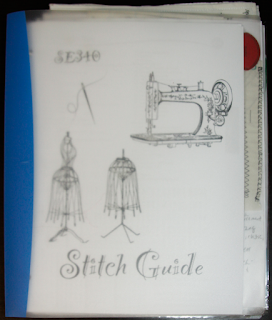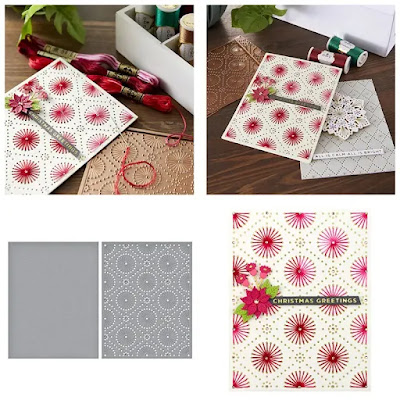Technique Tuesday: Weaving Bracelets Using a Bracelet Loom

This summer I watched quite a few crafting videos online and wondered if I should incorporate my own spun fabric into my sewing & fabric art mix. Before I dropped hundreds of dollars on a large weaving loom I decided that I should try something a wee bit smaller to get my feet wet and see if it was something I really wanted to do or a whim. So, I purchased the Bracelet Loom by Leisure Art . Now it doesn't have all of the fancy moving parts that a Rigid Heddle Loom has, but the basic concepts are there and it gives me the opportunity to flex or scratch that itch. My $8.99 + tax investment in the loom along with a purchase of embroidery floss and what I thought was embroidery floss, but turned out to be craft thread, all from Hobby Lobby got me started. I later shopped online shopping for clasps to finish the bracelet. I opted for brushed brass. I was all set to start my venture in weaving. That is until I read the instructions and started scratching my head and weeping. I neede...













